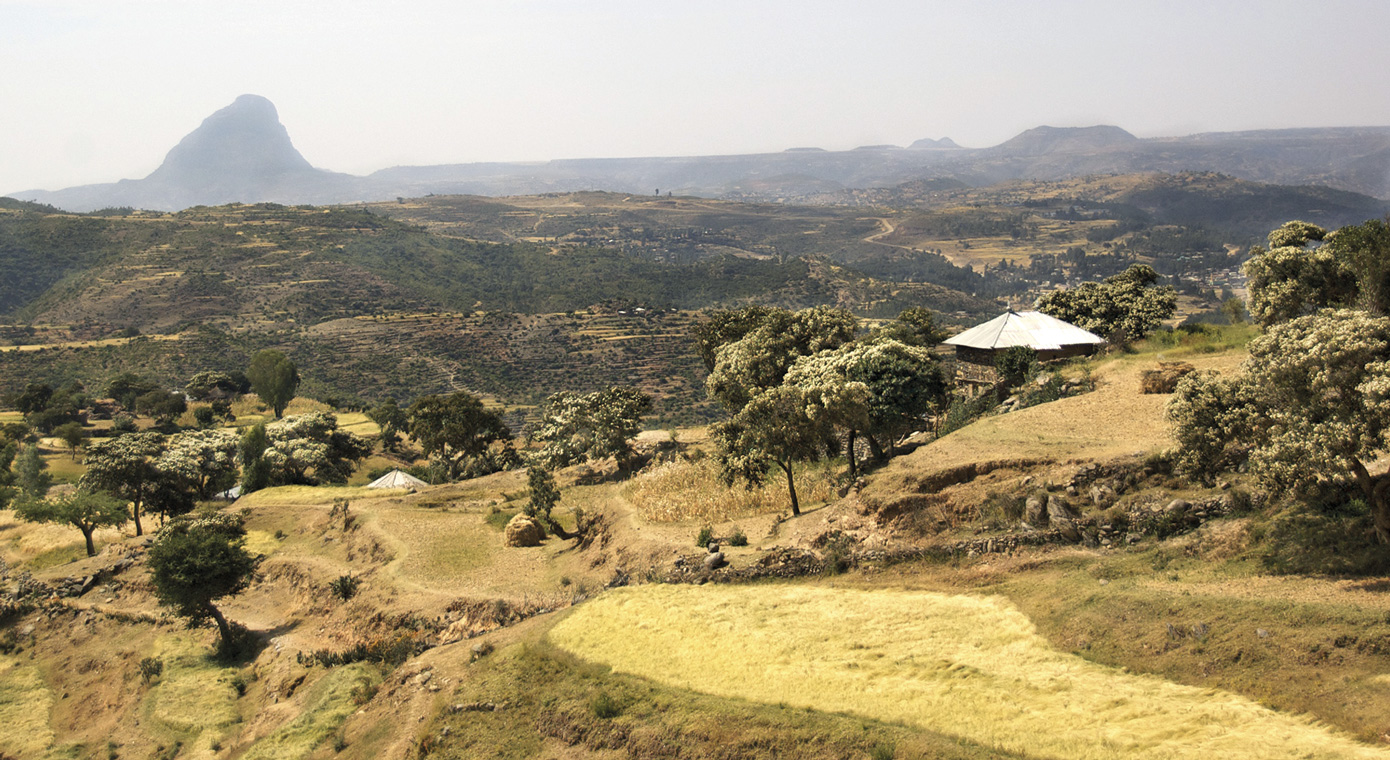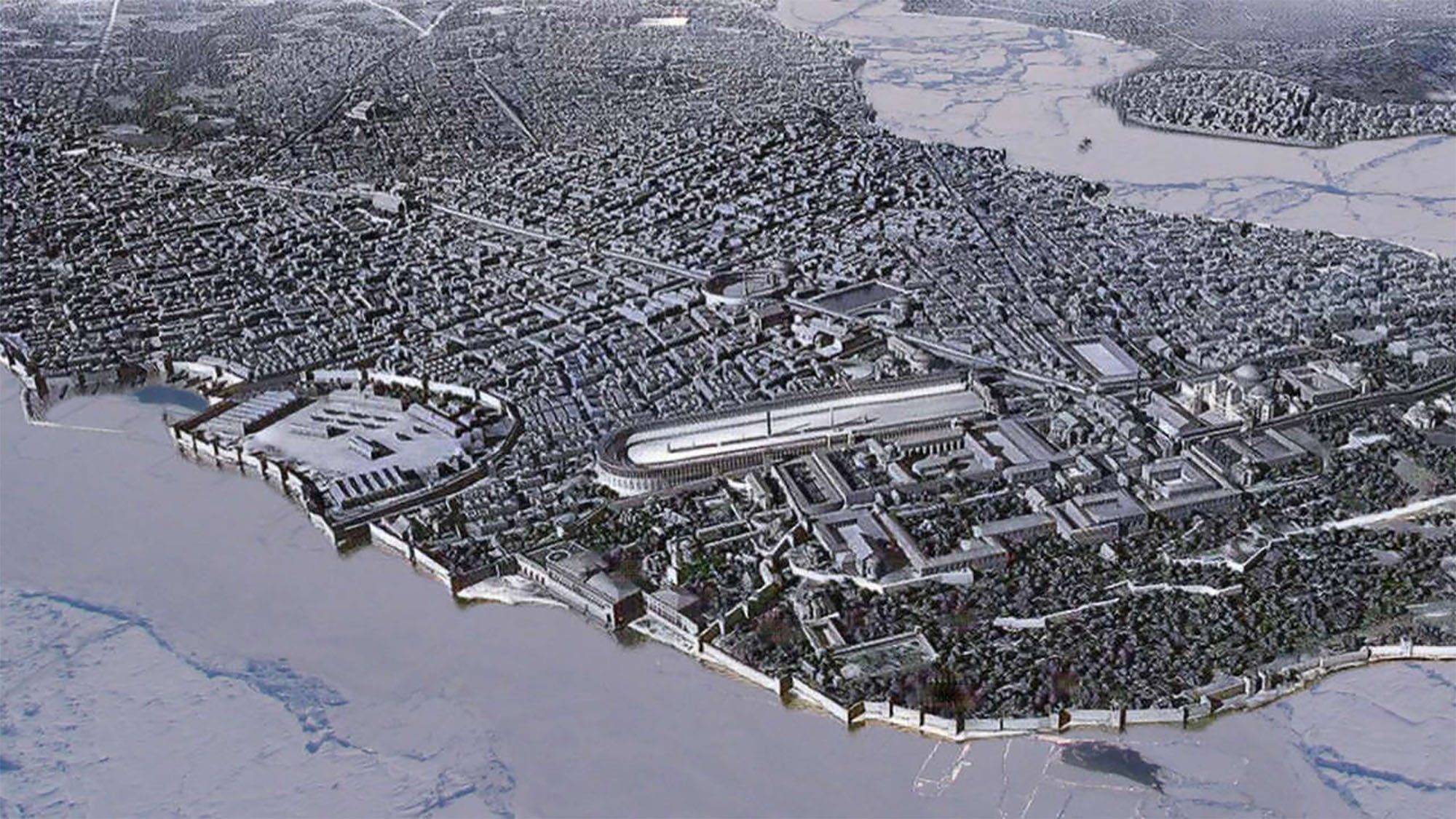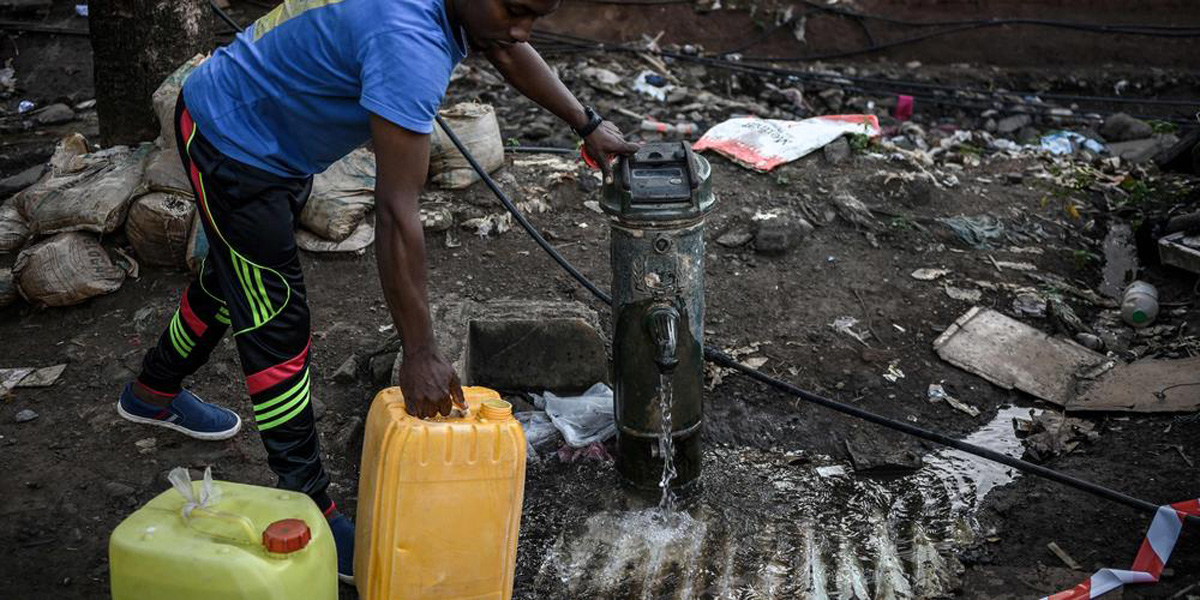In East Africa, despite obstacles, initiatives to adapt to changes in rainfall
- After almost three years of rainfall in several regions of Ethiopia, Somalia and Kenya, they have recently been flooded. Although temporary contrasts are common in this region, they are aggravated by climate change and various local initiatives are being developed to make better use of rainfall, so that crops and roads are mutually resilient. To deal with a number of crises, they are in precarious conditions, but the first results are satisfactory for the future.

Climatologists have assured us for a long time: as the atmosphere heats up, the rains will become more extreme, that is, at one end the stronger and longer droughts, and at the other end the rains and floods will become more intense. This is what has happened in recent years in East Africa. If in 2020 he suffered a historic invasion in Ethiopia, Somalia and Kenya, the drought began. Since we have satellite data, it has been the hardest drought of all time in the region and has lasted until 2023, starving millions of people. Last year, with the Oceans of 2,825 hotter than ever before, the El Niño phenomenon that we discussed in the report “The Phenomena of the Child” could bring heavy rains to East Africa, and perhaps the only positive effect of this phenomenon would be to alleviate the drought that had occurred since October 2020. The rains have happened, but they have done more than alleviate the drought: in November 2023 there have been great floods in several regions of Somalia and Ethiopia, and in April of this year in Kenya and again in Ethiopia, affecting hundreds of thousands of people, sweeping down local crops – so it was already severe further worsening the humanitarian situation – and degrading various infrastructures. Of these infrastructures, the roads have been the most affected, especially as most roads are not paved. For those who have no food left and expect humanitarian aid, having travelling routes is a matter of life. Michael Maluki, road engineer from the Makueni region in southern Kenya, sums up the situation with euphemism: when the road and rain cross, problems arise. On the one hand, because water erodes the pathways, or because it generates mud that the vehicle can grow. But on the contrary, because the pathways interfere in the water cycle, blocking local water and driving it in an inappropriate direction, accumulating run-off water and sediments, modifying subsurface flows and modifying flood patterns, making them worse in some places. Engineers and peasants from Maluki and East Africa are building a solution to these cross-cutting problems.
Ways to better channel water
Green Roads for Water (Green Roads for Water) is the main initiative to address the problems of roads and rains, driven by the Dutch MetaMeta office. Despite the long history of hydraulic engineering in the Netherlands, the original idea of this consultancy comes not from the province of Flevoland, but from the regions of Balutxistan and Sindh. There, five or six thousand years ago, they built small, long reservoirs, like the Gabarband stone terrace, where they captured the waters and sediments of the transitory rivers created in the form of monsoon and used for cultivation. From this observation, the question is how to design or remodel the roads to have the advantages of these gabarbands, considering that 20% of the current surface is one kilometer from a road, where most of the population lives and that terrestrial ecosystems are much more fragmented than 6000 years ago, mainly due to roads.
Depending on the conditions and problems of the terrain, a road can be conditioned in a dry and stony area to work in the form of a reservoir, retaining water and sediments in one of its margins; in the eroded areas, roads can be built with level curves so that water flows more slowly and more water in the soil; in those areas, draining paths can be built and water poured through the path to avoid drag. Examples can be found in the report entitled Guidelines for Road Infrastructure in Support of Water Management and Climate Resilience. MetaMet says all of these solutions are low-tech, many of which have been tested and developed by the farmers and engineers themselves, and it's often been noticed that very simple things can make
a lot of difference.
Water is always a guarantee of life in the face of disasters.
For every shilling invested in these types of systems in Kitui County in Kenya, crop yields are estimated to grow by 2.5 shillings. In other words, besides benefiting the water cycle and road sustainability, it has clear advantages for the local economy. According to Michael Maluki, currently between 5% and 10% of his roads have adapted to these standards. Before developing in Kenya and the Somaliland region, the first session of this engineering took place in northern Ethiopia. Every year, farmers are doing neighborhood work in the reconstruction of terraces and cleaning old irrigation canals. In 2015, this auzolan was developed according to the "Green Roads for Water" standards, and in addition to the usual work, new trenches, wells and arcenes were created that lead water from the roads to the fields of maize and barley. According to Kifle Woldearegayen, geology engineer by Mek'ele University, the results are satisfactory: the water table level near these pathways increased for two meters and the productivity of the area's farmhouses increased by 35%. If you don't hear Mek'ele, you've heard the name of the region where Mek'ele is Tigray, because of the war that happened in the same period from 2020 to 2022. In those years, the drought problems were compounded by deficiencies, destruction, murder and rape caused by the war, as explained by Axier López in the report The massacre with novels number 2.746 of ARGIA. The political situation in Somalia is also not satisfactory: since the civil war that began in 1992, the State has been dominated by local mafias and Islamic groups. In these difficult contexts are some peasants, pastors and engineers from East Africa, despite the obstacles, who shape their territory to better conserve the water from the rains on land, building the future of the territory.
Chronicler Theophanes Declarante stated that winter 763-764 was one of the coldest in history. Snow and ice occupied the Byzantine capital and also saw an iceberg in Bosforón.
Climate cooling has been considered to be due, among other factors, to the lack of volcanic activity... [+]
In an increasingly narrow interval between election campaigns, it should be remembered that we have entered the decisive years of the twenty-first century. To give just one example, scientists are terrified by the continual overcoming of ocean temperature records and no longer... [+]















